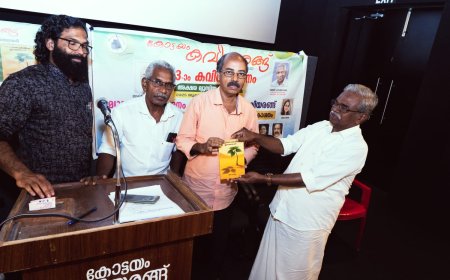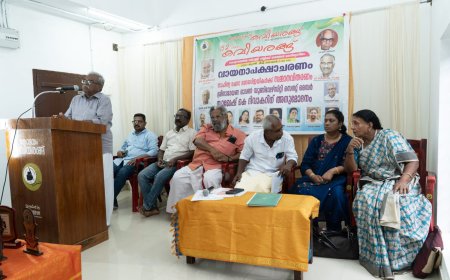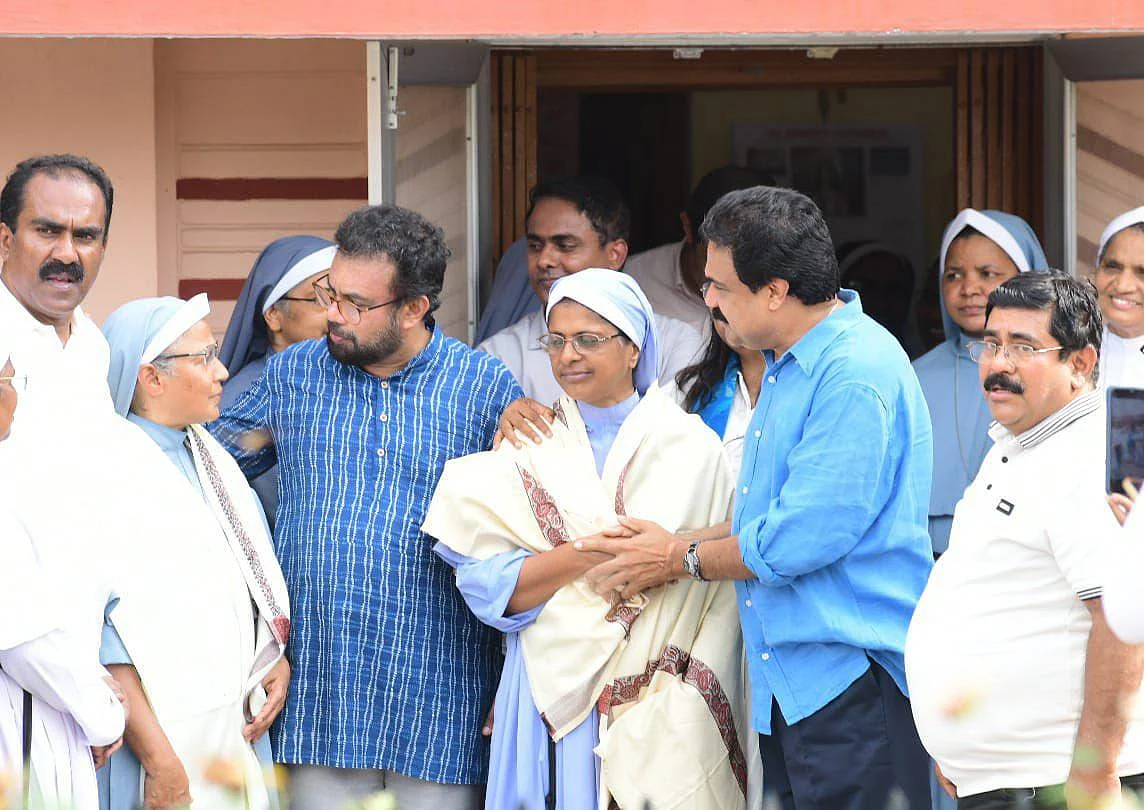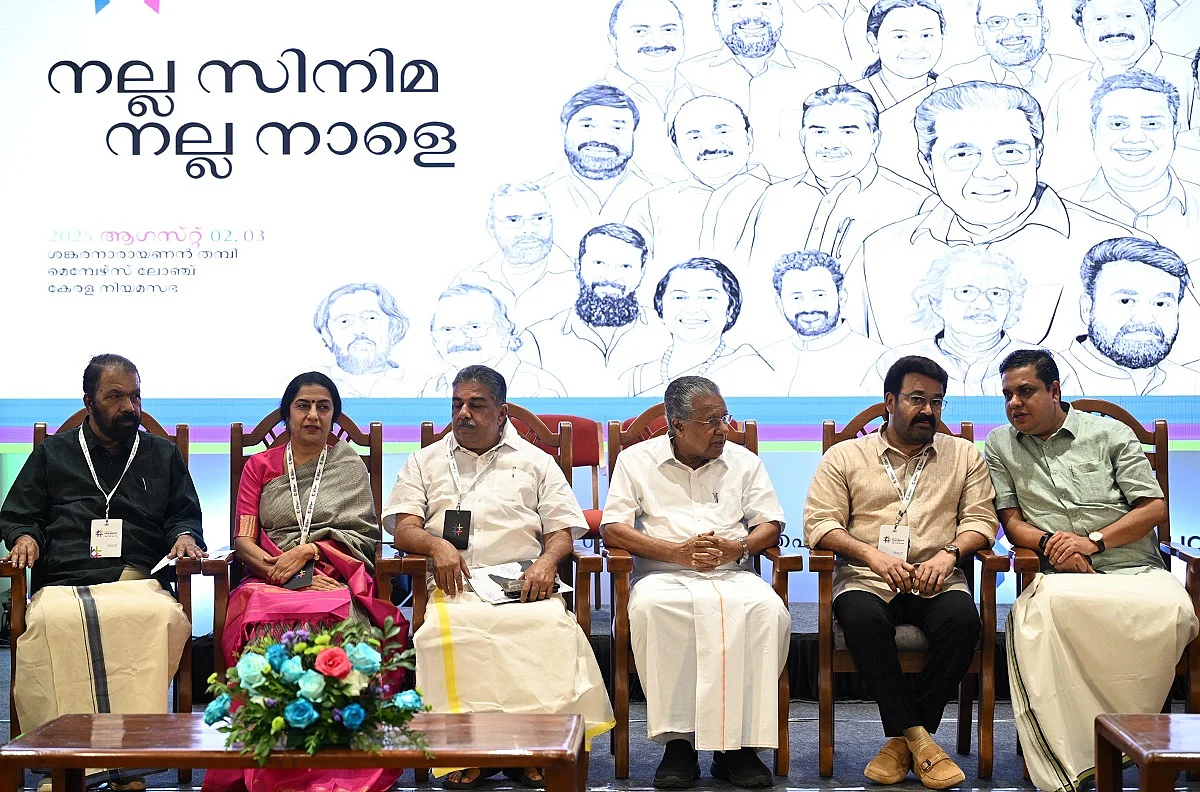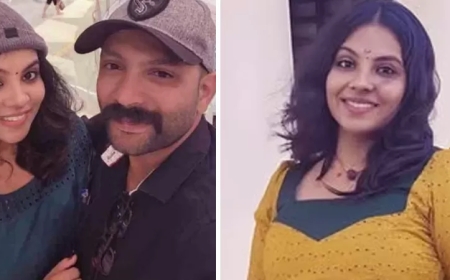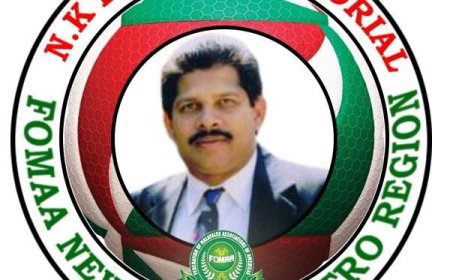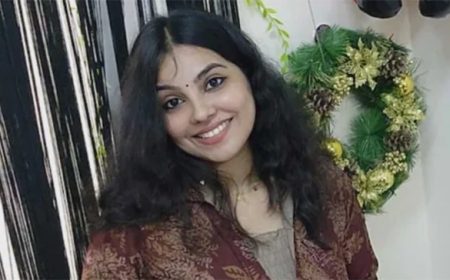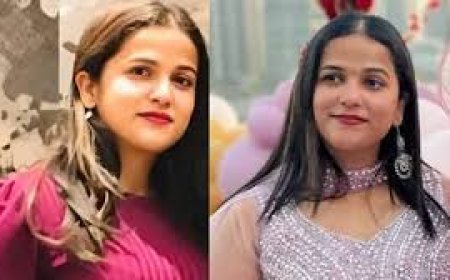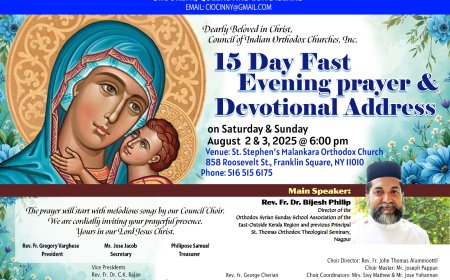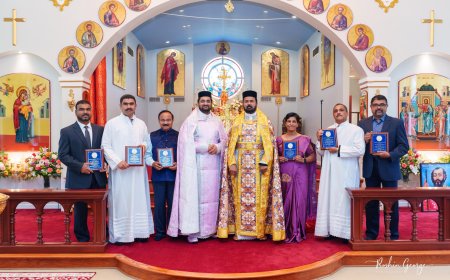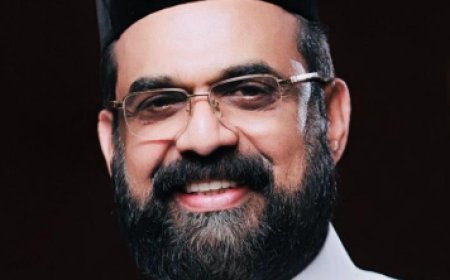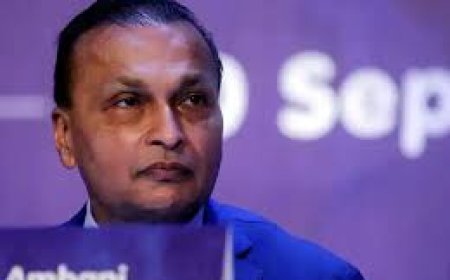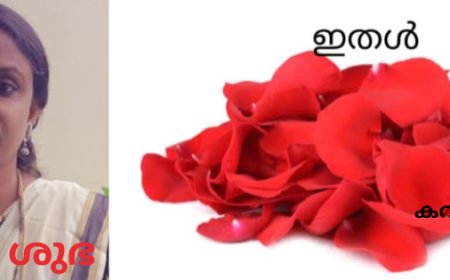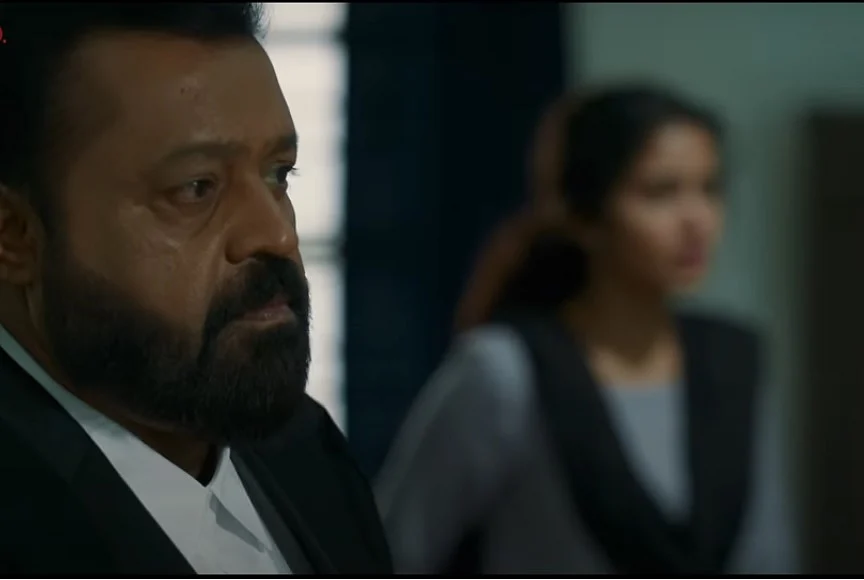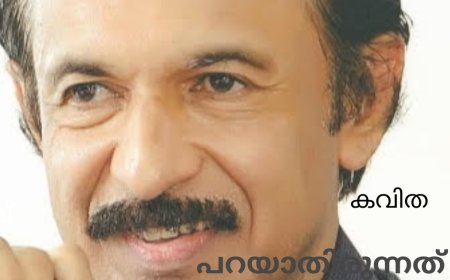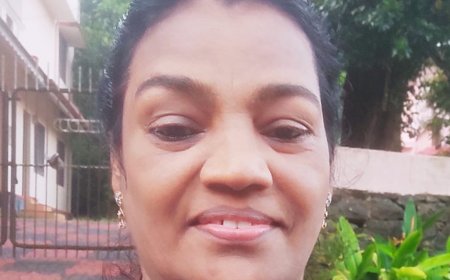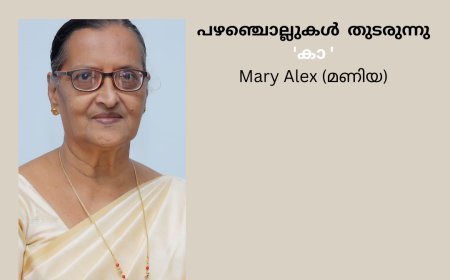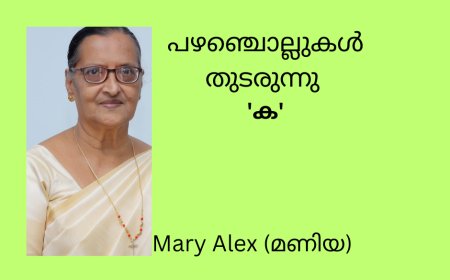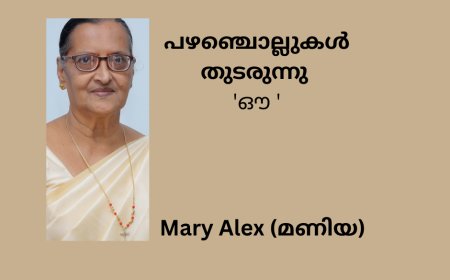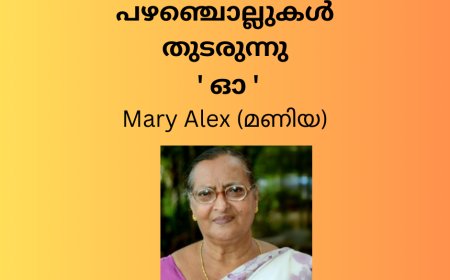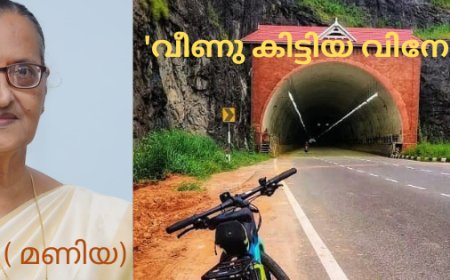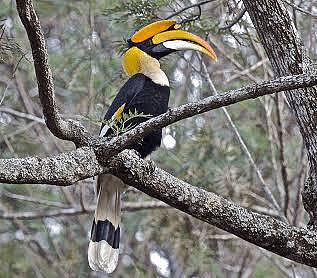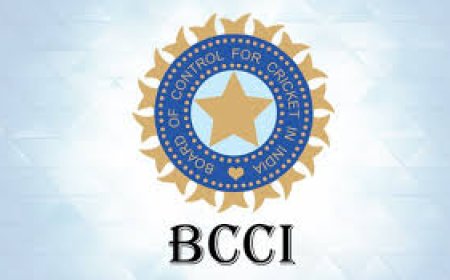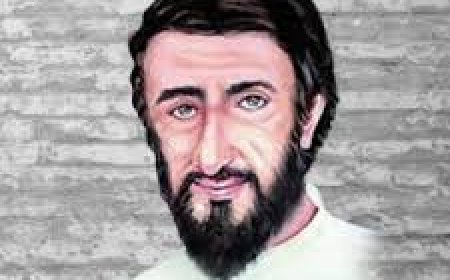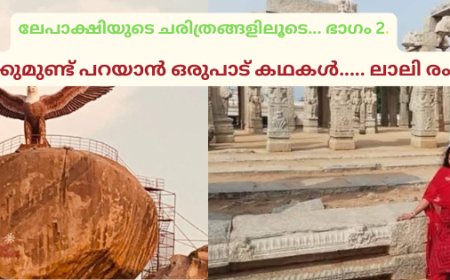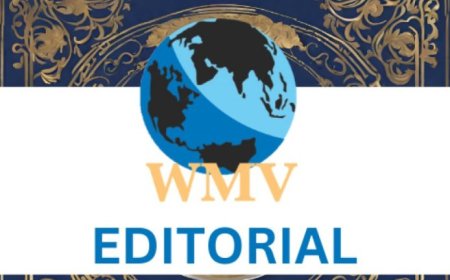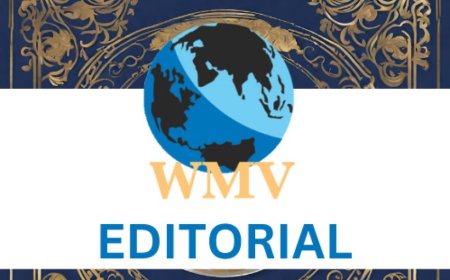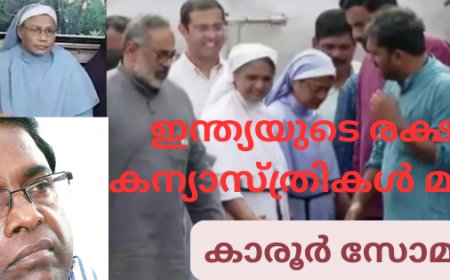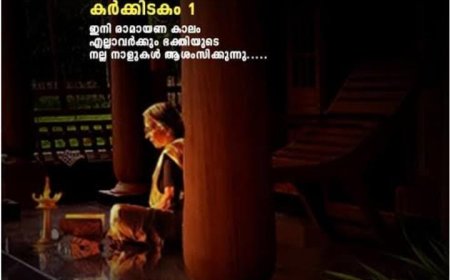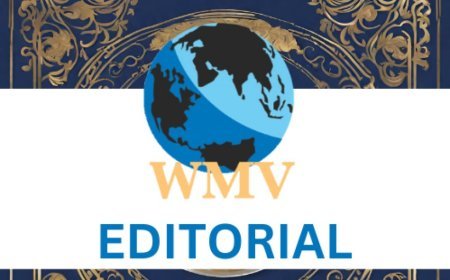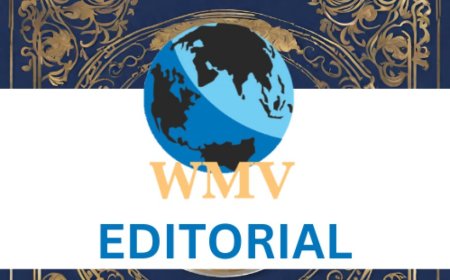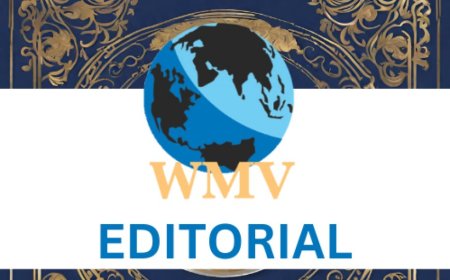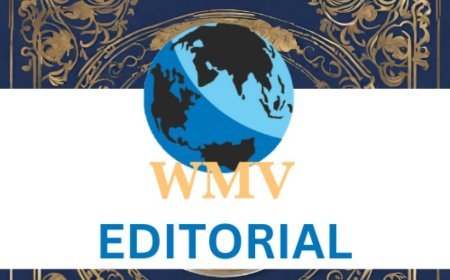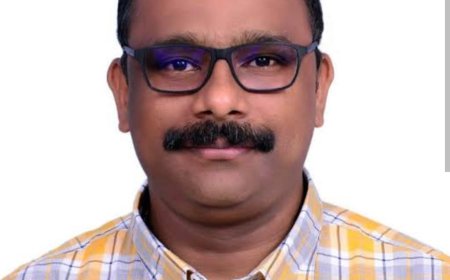Indian priest Richard D’Souza appointed director of Vatican Observatory
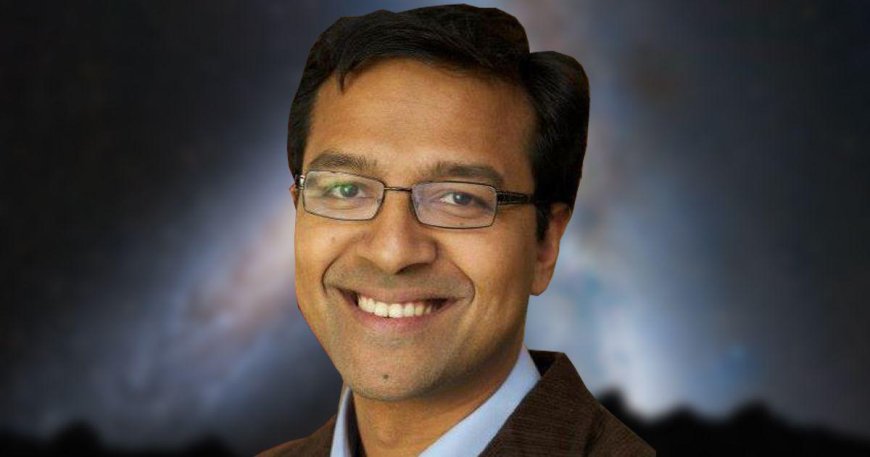
INDIAN Catholic priest Richard D’Souza has been appointed the new director of the Vatican Observatory. The newly elected Pope Leo XIV confirmed his appointment on Thursday evening.
D’Souza, 47, a Jesuit priest who hails from Goa and who holds a doctorate in astronomy, will succeed the existing head of one of the world’s oldest astronomical observatories, will succeed incumbent Guy Consolmagno, when his term ends on September 15.
“I am very honoured to be appointed by Pope Leo XIV as the next Director of the Vatican Observatory,” D’Souza said in a comment to HT.
“On one hand, I am aware of the many high-profile Jesuits who have held this position in the past and have paved the way for the Observatory’s success today: I am truly standing on the shoulders of giants. On the other hand, I understand the great responsibility entrusted to me of guiding the Vatican Observatory at this critical time so that the Specola continues to serve the Pope and the Universal Church, promoting the dialogue between faith and science, through solid scientific research,” he said.
D’Souza who hails from Mapusa in Goa a Bachelor’s degree in Physics at St Xavier’s College Mumbai, a Master in Physics at the University of Heidelberg, Germany, where he worked at the Max Planck Institute for Astronomy, Heidelberg for his thesis work; a doctorate in astronomy with research done at the Max Planck Institute for Astrophysics in Garching, Munich, concentrating on the formation and evolution of galaxies and a post-doctoral programme at the University of Michigan, Ann Arbor, US.
He is a member of the International Astronomical Union and has recently had an asteroid named after him.
“I am delighted that His Holiness has chosen Fr. D’Souza to be the next director of the Vatican Observatory. I know that Fr. D’Souza has the vision and wisdom to carry the Observatory forward during this time of rapid change in astronomical research, especially given his experience with space telescopes and advanced computational techniques,” incumbent Consolmagno said.
Back in Goa, Richard’s parents Mary and Joseph expressed their “happiness and gratitude” at the opportunity he has been entrusted with to serve in his mission.
“As a child, he was always curious and showed interest in the scientific side of things and we are happy and grateful that he has been entrusted with this responsibility that allows him to serve both his mission and the pursuit of science,” the family stated.
The Vatican Observatory is one of the oldest astronomical observatories in the world. It was founded in 1891 by Pope Leo XIII.
D’Souza has been a staff member of the Vatican Observatory since 2016 and has held the role of the Superior of the Jesuit community of the Vatican Observatory since 2022.
In 2018, he, along with researchers working at the Vatican Observatory, found conclusive evidence of a long-lost galaxy the third biggest after Andromeda and the Milky Way, named 32p that was “shredded and cannibalised” by the Milky Way’s galactic neighbour Andromeda about two billion years ago.
This disrupted galaxy was the third-largest member of the local group of galaxies, after the Milky Way and Andromeda galaxies. Using computer models, D’Souza and Bell were able to piece together this evidence, revealing this long-lost sibling. Their findings were published in Nature Astronomy in July 2018.
His research focuses on the phenomenon of galaxy merging and its effects on the present day properties of galaxies like the Milky Way. He has published in numerous international scientific journals and is a member of several international collaborations.




